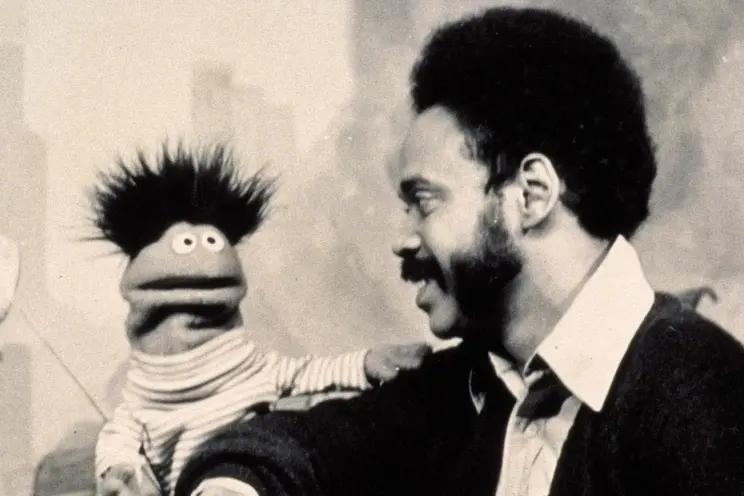The revolution was televised for kids, too.
In the aftermath of Martin Luther King Jr.’s tragic assassination in 1968, a force emerged to challenge the status quo. The Black Psychiatrists of America, fueled by grief and a commitment to justice, embarked on a journey to reshape the narrative on racism within their profession and society at large.

Led by the late great visionary Dr. Chester Pierce, the group aimed to address the racism ingrained in American life, including the field of psychiatry itself, Blavity reports. Their revolutionary approach went beyond condemning individual beliefs; they sought to dismantle the systemic structures building racism. Dr. Pierce, concerned about the impact of television on young minds, saw both the problem and the solution in this medium.
In 1970, Dr. Pierce, a founding figure in the Black Psychiatrists of America, envisioned using the mass media, particularly television, as a tool for radical therapeutic intervention. With a deep understanding of the damaging messages in mainstream media–especially detrimental to young black children–he saw an opportunity for change.
Enter “Sesame Street,” a groundbreaking television show conceived not only as an innovative educational tool but also as a means to counteract the racist narratives at the time. Launched in 1969, the show intentionally featured a racially diverse cast, portraying an idealized inner-city neighborhood where characters of all ethnicities lived, worked, and played together.
Dr. Pierce’s involvement as a senior advisor on the show marked a turning point. With his guidance, “Sesame Street” became more than just an imaginative educational program; it became a beacon of representation, showcasing positive role models and breaking down racial barriers.
The show’s “hidden curriculum” aimed to bolster the self-respect of black and minority children while portraying a multi-ethnic, multi-cultural world. This vision did not go unnoticed, and “Sesame Street” faced resistance in some quarters, including Mississippi, where legislators initially deemed the interracial cast unfit for their audience.
Despite challenges, “Sesame Street” emerged as the most successful children’s show of all time, reaching hearts and minds across the nation. Dr. Chester Pierce’s radical mental health agenda remained at the core of the show’s creation—a commitment to fostering a Beloved Community, echoing Martin Luther King Jr.’s vision of justice, equal opportunity, and positive regard for all. The show has since grown to include Black muppets showcasing everyday Black life, along with other diverse characters who explain autism, homelessness, and blended families.
“Sesame Street” became more than an alphabet lesson or a counting game. It became a groundbreaking experiment, using mass media to shape the youngest generation’s perception of a society based on respect and equality. Because of Dr. Chester Pierce and the Black Psychiatrists of America, “Sesame Street” still stands–more than 50 years later–as a powerful force shaping the minds of future generations.
Cover photo: Gordon (portrayed by Matt Robinson) is pictured on the Sesame Street set with the Roosevelt Franklin muppet / Credit: Album/Entertainment Pictures via ZUMA

